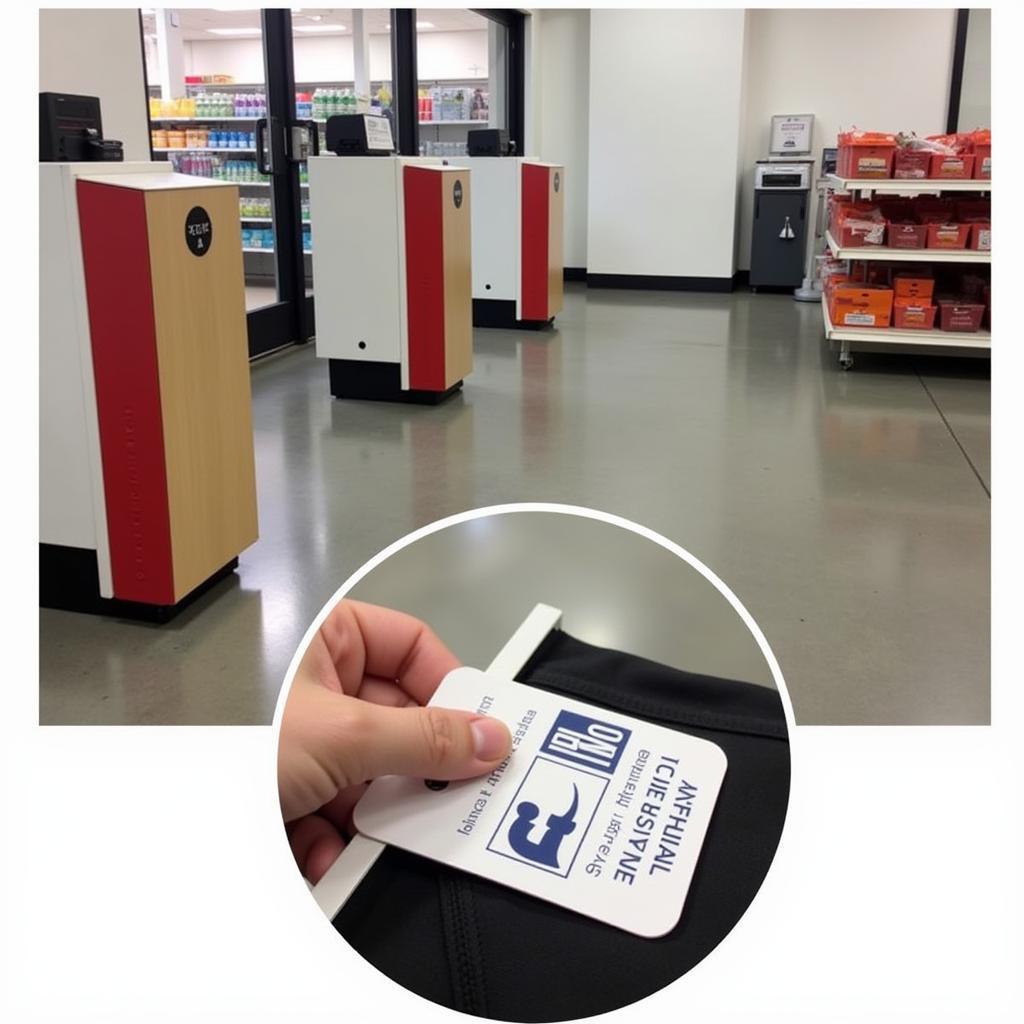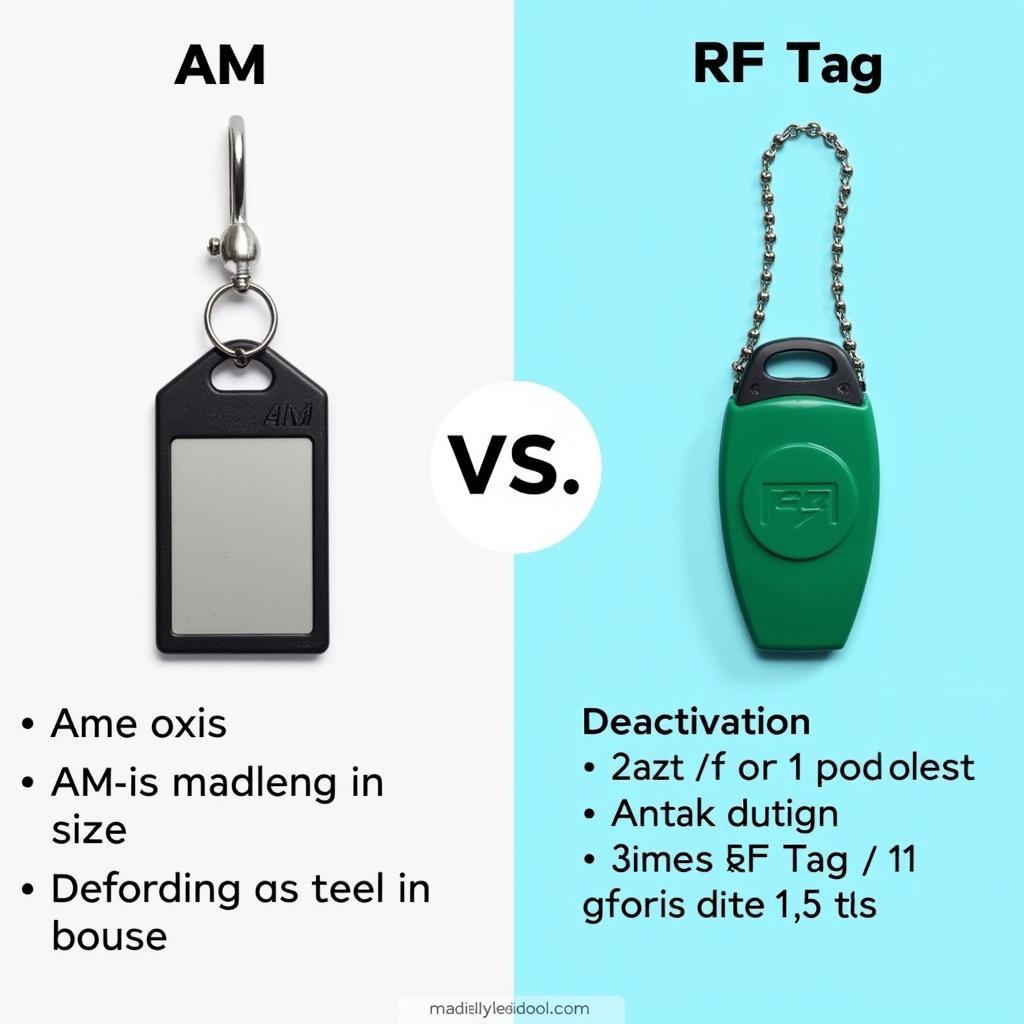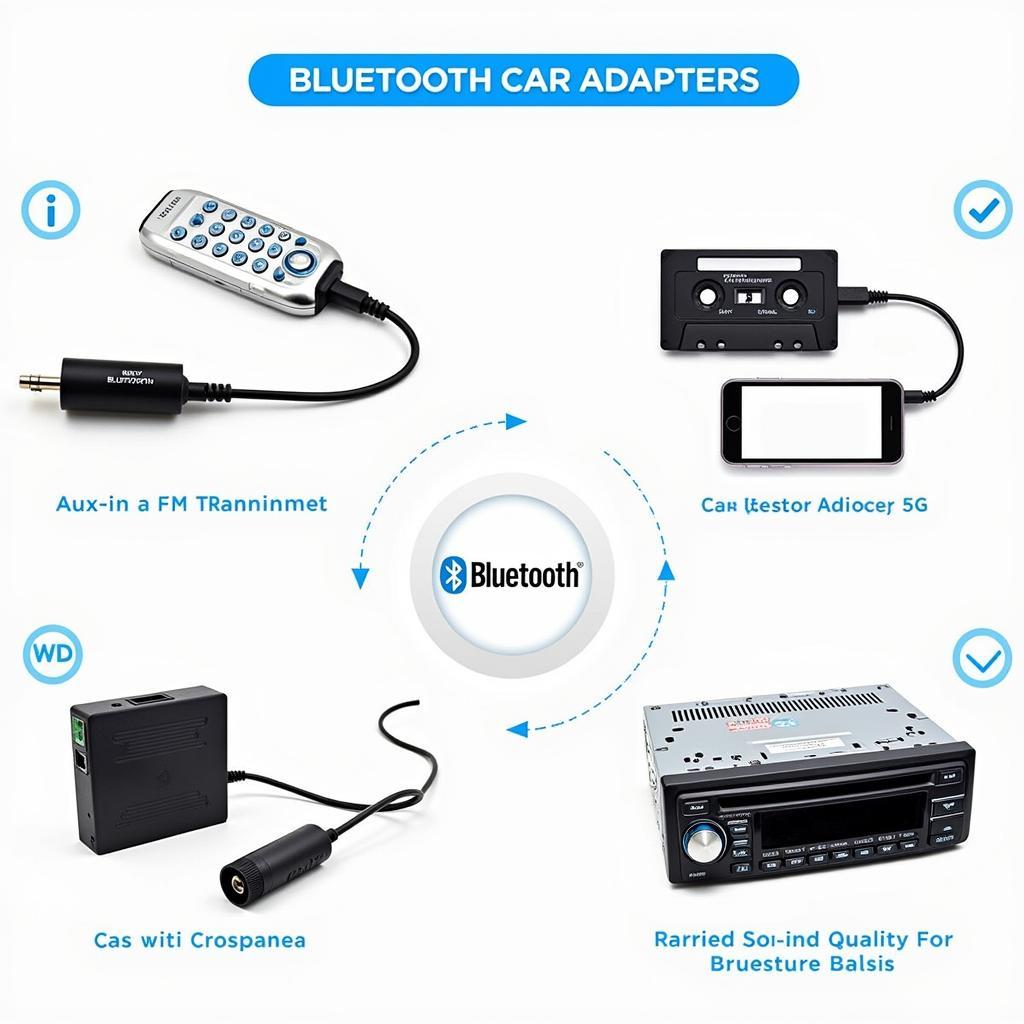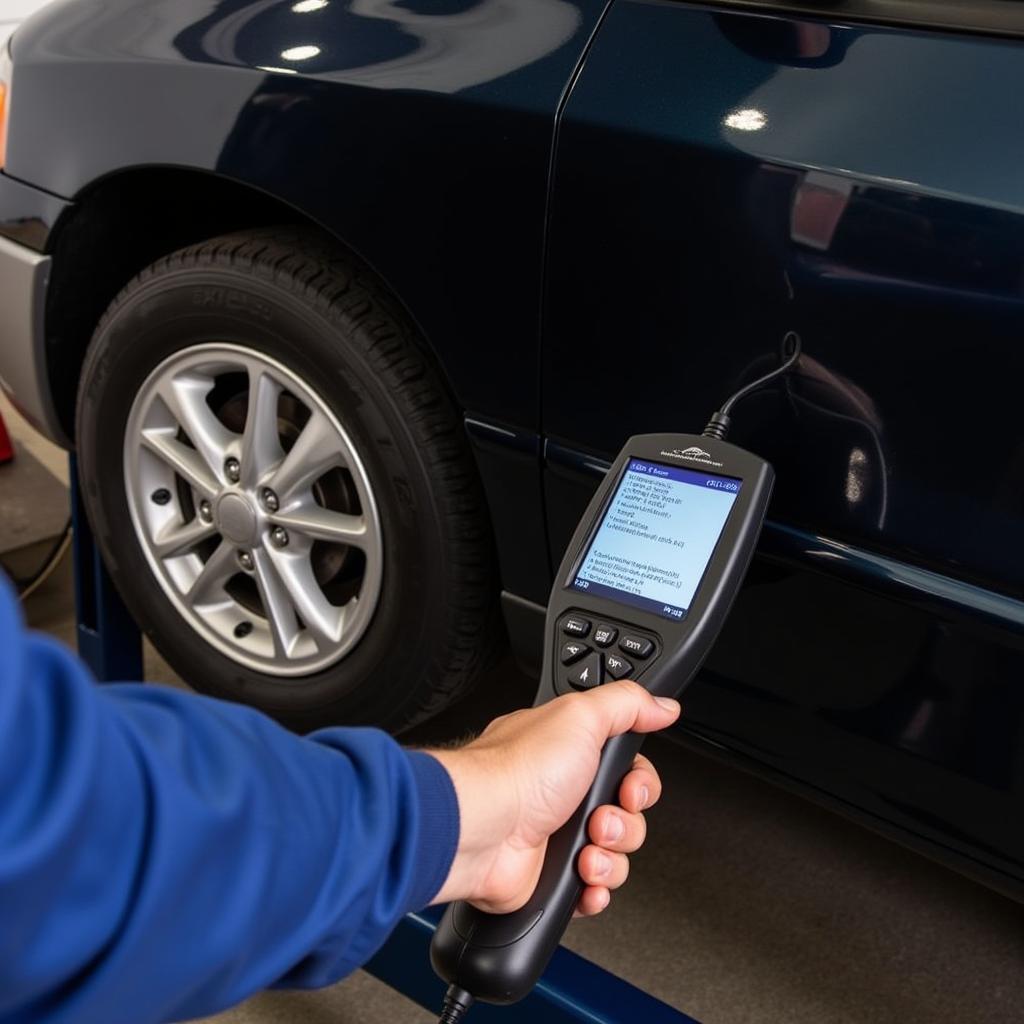Understanding how strong of a magnet sets off anti-theft retail systems is crucial for both retailers and consumers. It’s a common misconception that any magnet can disable these security tags, leading to accidental triggering of alarms or even deliberate theft. Let’s delve into the specifics of these systems and the magnetic force required to activate them. how to deactivate anti theft tags
Decoding Anti-Theft Systems and Magnet Strength
Retail anti-theft systems primarily use two types of tags: acousto-magnetic (AM) and radio-frequency (RF). AM tags are the ones most susceptible to magnets, while RF tags require a specialized detacher. The strength of a magnet needed to trigger an AM tag varies depending on the manufacturer and the specific tag design. However, it generally takes a considerably strong magnet, significantly more powerful than your average refrigerator magnet. Thinking a small magnet will do the trick is a recipe for embarrassment at the checkout counter.
 Anti-Theft Magnet Strength
Anti-Theft Magnet Strength
What Magnet Strength is Necessary?
Most AM tags require a magnetic field strength of several hundred Gauss to deactivate. While you might think a strong neodymium magnet would work, these are often too powerful and can permanently damage the tag, rendering it unusable. This is why retailers use specialized deactivators with a precisely calibrated magnetic field. Attempting to deactivate tags with an inappropriate magnet might not only fail but also raise suspicion.
how magnetic anti theft tags are detected
The Implications of Using Powerful Magnets
Using excessively strong magnets can have unintended consequences beyond just damaging the tag. It can interfere with nearby electronic devices, including pacemakers, credit cards, and even the store’s own systems. It’s crucial to understand that tampering with anti-theft systems is illegal and can result in serious consequences.
Why Are These Systems So Sensitive?
The sensitivity of these systems is calibrated to prevent accidental triggering while still effectively deterring theft. They are designed to respond to the specific magnetic field generated by the detacher, not to weaker, everyday magnets. This precision ensures that legitimate purchases can pass through the sensors without issue, while unauthorized removal of tags activates the alarm.
 Retail Security System
Retail Security System
How Retailers Detect and Prevent Theft
Retailers employ a combination of technologies and strategies to prevent theft. Besides AM and RF tags, they use video surveillance, security personnel, and even sophisticated analytics software to identify suspicious activity. Understanding how these systems work can help consumers avoid accidentally triggering alarms and also appreciate the measures taken to protect merchandise.
“Retailers are constantly evolving their anti-theft strategies to stay ahead of increasingly sophisticated theft methods,” says John Smith, Security Consultant at Retail Security Solutions. “It’s a constant cat-and-mouse game, requiring vigilance and adaptation.”
how does anti theft system work in stores
Accidental Triggering: What to Do?
Even with precautions, alarms can sometimes be triggered accidentally. If this happens, remain calm and cooperate with store personnel. Explain the situation and allow them to verify your purchase. Most importantly, don’t try to quickly exit the store, as this can raise suspicion.
how to deactivate anti theft strips
Understanding the Technology Behind the Tags
AM tags contain a strip of amorphous metal that resonates at a specific frequency when exposed to the store’s electromagnetic field. A strong magnet disrupts this resonance, effectively deactivating the tag. RF tags, on the other hand, communicate with the system wirelessly, and require a different deactivation method.
“The technology behind these tags is constantly evolving,” explains Jane Doe, Senior Engineer at Loss Prevention Technologies. “We are always looking for ways to improve their effectiveness and minimize false alarms.”
 AM and RF Tag Comparison
AM and RF Tag Comparison
what sets off anti theft alarms
In conclusion, understanding how strong of a magnet sets off anti-theft retail systems is crucial for both consumers and retailers. While a strong magnet is required to deactivate AM tags, using inappropriate magnets can damage tags and even raise suspicion. Cooperating with store personnel and respecting security measures ensures a smooth shopping experience for everyone.
FAQ
- Can any magnet deactivate anti-theft tags? No, only specifically designed magnets with the correct strength and field orientation can deactivate AM tags.
- What happens if I accidentally set off an alarm? Remain calm and cooperate with store personnel. Allow them to verify your purchase.
- Are there different types of anti-theft tags? Yes, common types include acousto-magnetic (AM) and radio-frequency (RF) tags.
- Is it illegal to tamper with anti-theft tags? Yes, tampering with anti-theft systems is illegal and can have serious consequences.
- How can I avoid accidentally triggering an alarm? Ensure all purchased items are properly deactivated by store personnel at checkout.
- What is the magnetic strength required to deactivate an AM tag? Several hundred Gauss, significantly stronger than a typical refrigerator magnet.
- Can strong magnets damage other devices? Yes, excessively strong magnets can interfere with electronic devices like pacemakers and credit cards.


